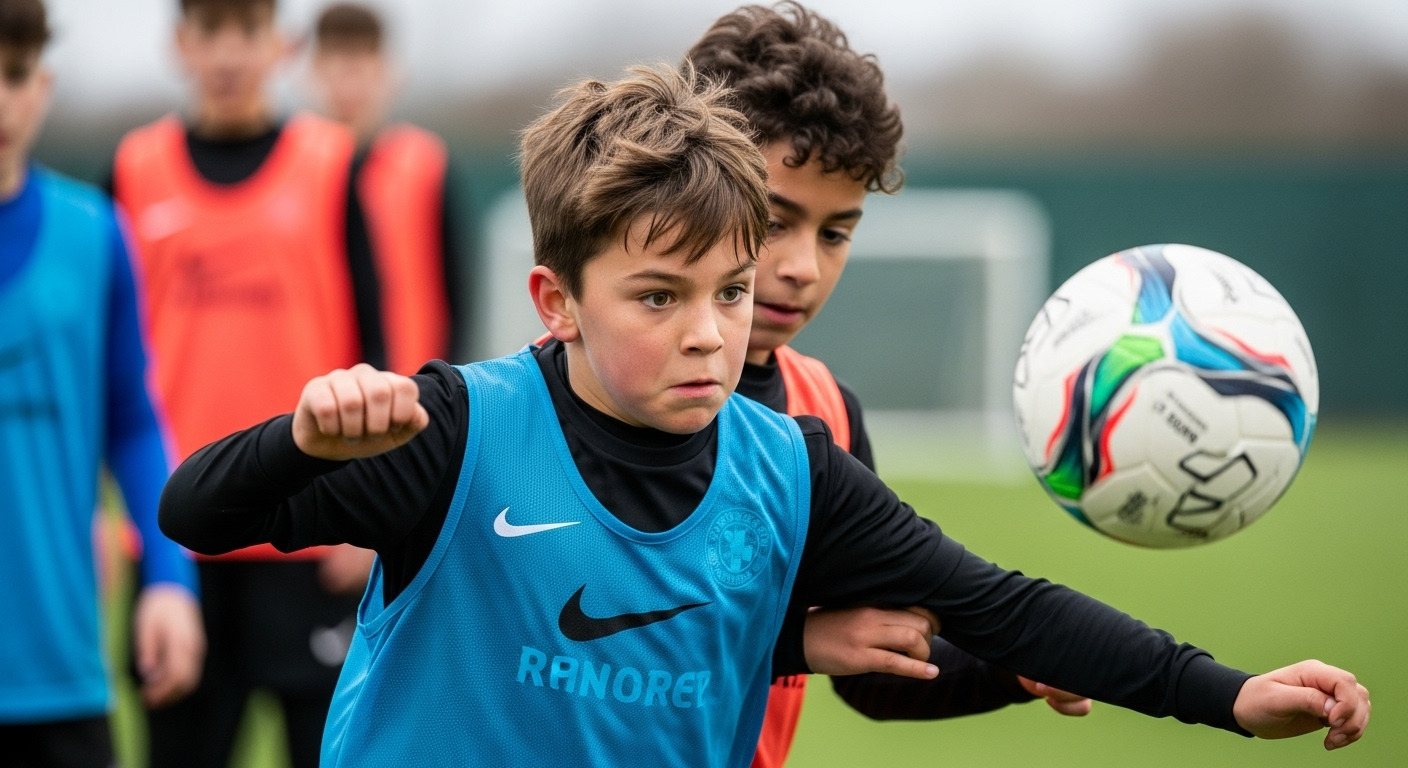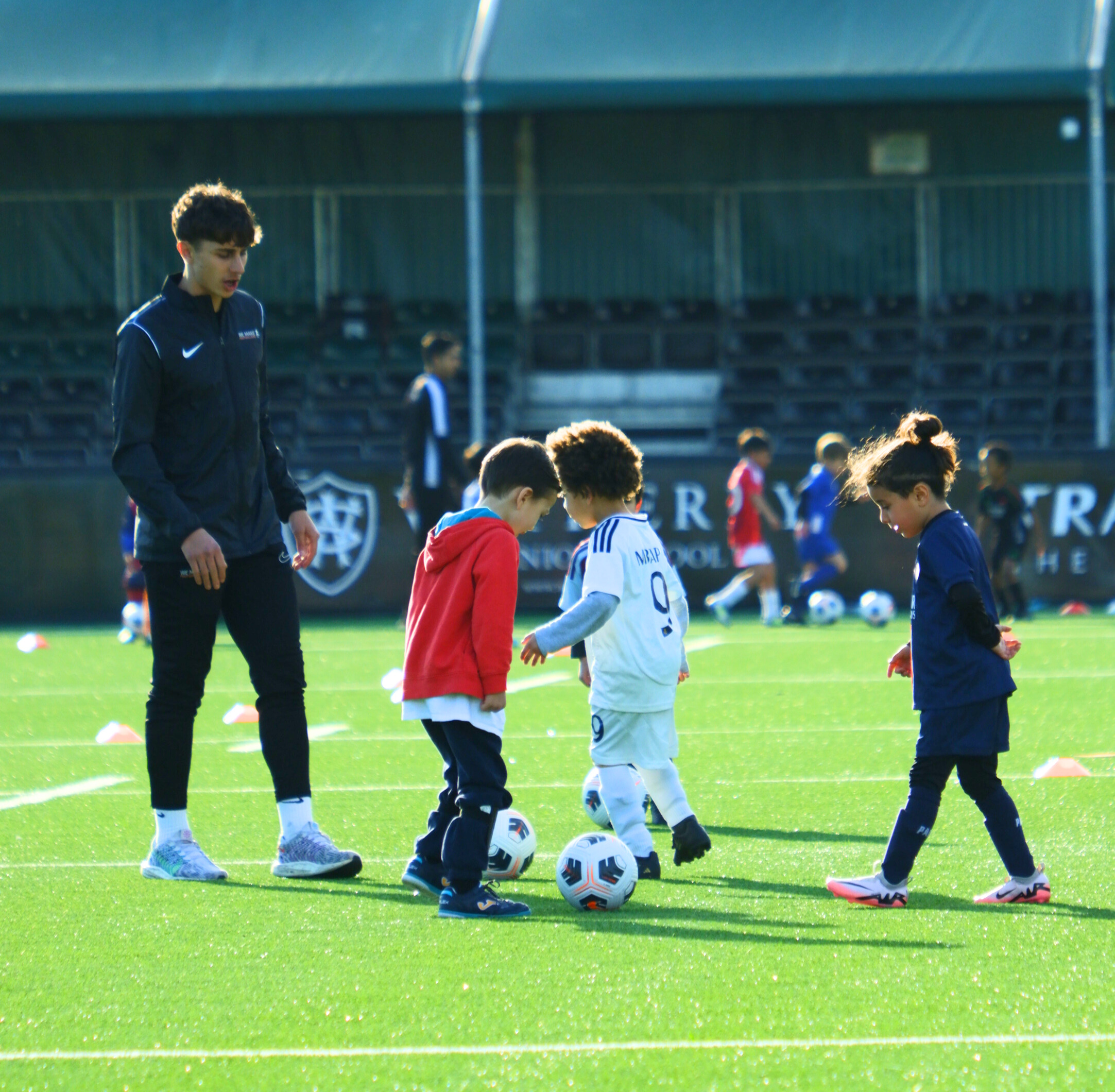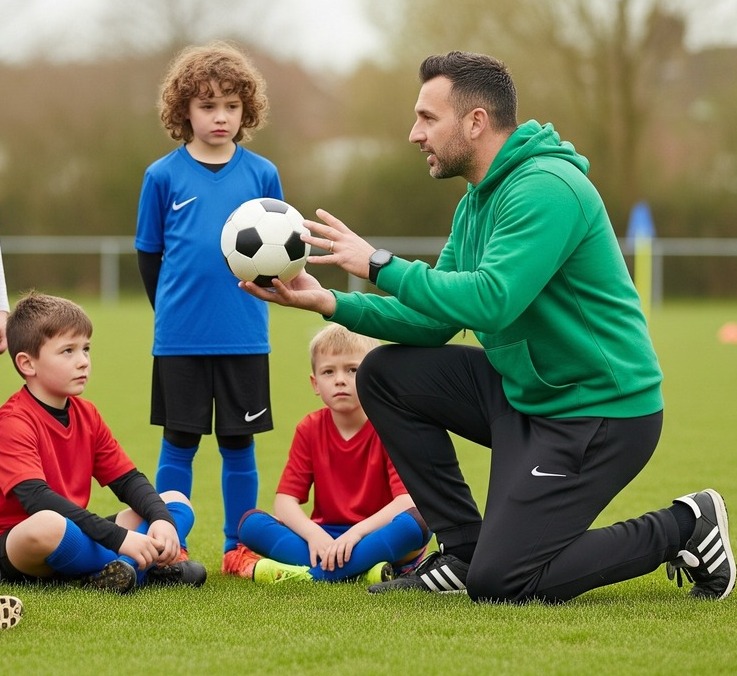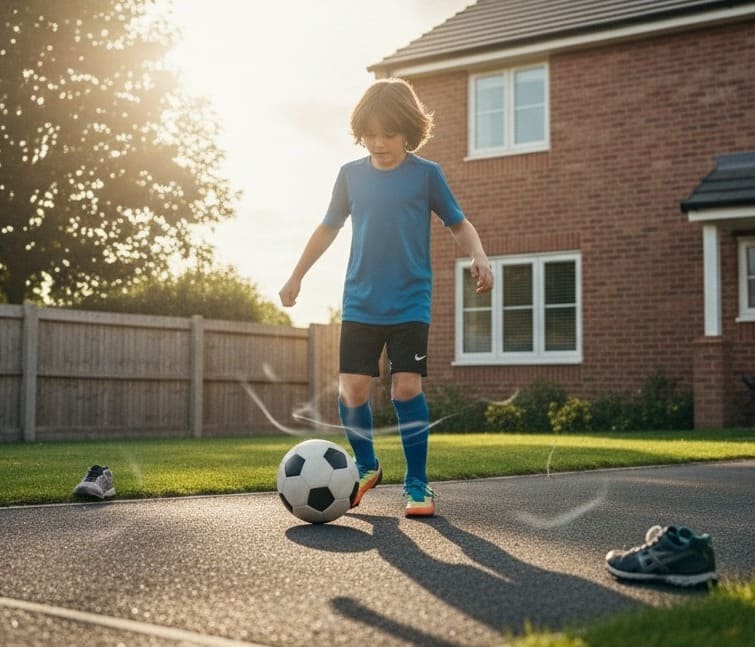Why Small-Sided Games are the Secret to Smarter, More Confident Footballers
Have you watched a crowd of young football players shriek with joy as the ball zips around them? That’s the magic of small-sided games. Fewer players on a tighter field means more touches, more chances, and more fast thinking. With each rapid pass, players hone split-second choices and grow bolder every minute. Strange as it sounds, less can be more. At We Make Footballers in the UK, with 120+ academies and 12,000+ players, small-sided games are central to how children learn and thrive.
Small-Sided Games football: Definition and Formats
Small-sided games shrink the traditional 11v11 setup into bite-size challenges. Coaches use formats like 3v3, 5v5 or 7v7 on smaller pitches. This shift keeps everyone in constant action. Tackles, dribbles, and passes all become sharper. You’ll also see plenty of 1v1 moments in a single session, so players learn to perform under pressure. More touches of the football, is more time improving their football skills. Simple. Common formats include: • 3v3 on a 20x15m grid. • 5v5 on half a pitch. • 7v7 on a quarter-sized field. With fewer bodies on the pitch, children must scan quickly, communicate loudly, and adapt on the move. It’s a simple tweak that makes sessions feel electric, keeping engagement high from start to finish.
Long-Term Athlete Development Through Small-Sided Games
By using smaller formats, coaches tap into long-term development pathways. Kids build endurance, agility, and confidence gradually, season after season. This echoes We Make Footballers’ "Practice makes Permanent" philosophy. Instead of repeating isolated drills, players face realistic, game-like tests that stick. Over time, those habits turn into muscle memory and mental comfort. This approach also fosters resilience. In small games, mistakes come fast, but recovery comes faster. Children adapt after a missed pass or failed tackle, carrying those lessons into both training and matches. As players progress, coaches adjust pitch size, goal width, and team numbers to match their growth, ensuring steady development without stagnation.
Small-Sided Games Are Fun: Developing Creative football Players
Kids join training not just for drills but for joy. Small-sided games deliver fun in every minute. With fewer players, everyone gets the chance to try a trick, attempt a through-ball, or improvise a move. This freedom is vital for developing creative football players who mix flair with smart decision-making. Mistakes are welcomed as part of learning, sparking confidence instead of frustration. Moments of success - like spotting a gap or beating a defender - fuel problem-solving and joy. Each game becomes a lab where creativity meets practical skill-building.
Technical Development: Ball Mastery and Control
Another major benefit is technical growth. In 11v11, a child might barely touch the ball, but in 5v5 or 7v7, every touch counts. More dribbles, passes, and first-touch challenges mean calmness under pressure. Coaches can design cone grids, tight turns, and juggling races to sharpen control. Over time, children develop ball mastery - cradling in traffic, pivoting smoothly, and striking cleanly. Data-driven drills can track touches or pass accuracy, showing progress clearly. It’s proof that tight-space practice produces technical excellence.

Game Understanding: Improving football Intelligence
Shrinking the game gives children constant decision points. Should they dribble or pass? Move wide or cut inside? These puzzles sharpen football intelligence. In 2v2 or 3v3 drills, youngsters learn to read defenders, anticipate overlaps, and adjust runs in real time. Coaches often pause play, explain tactics, then restart - blending practice with understanding. With fewer teammates, each decision matters more, and this pressure builds sharper instincts. What once felt slow becomes automatic in bigger matches.
Physical Challenge: Faster Decision Making on the Ball
Small-sided games demand high intensity. Quick sprints, constant turnovers, and tight marking force faster decision making. A single loose touch can lead to a counterattack, so children learn to act instantly. Drills like shuttle runs with added touches combine fitness and skill, developing speed and stamina together. This edge in quick reactions often makes the difference in real matches, turning tense moments into confident plays.
Social Skills: Building Player Confidence and Self-Esteem
Small groups ensure that every child has a voice. When kids call for a pass, cheer a teammate, or switch roles, they grow in confidence and communication. High-fives, feedback, and constant involvement build self-esteem. At We Make Footballers, the model of maximum 10 players per coach guarantees that every child feels included and valued. Social bonds from these sessions extend beyond training, helping children grow in teamwork, empathy, and resilience. Small-sided games sharpen skills, boost decision-making, and build confidence. They combine speed, creativity, and social growth into one format. With weekly training, holiday camps, one-on-one sessions, birthday parties, and advanced performance programs, We Make Footballers in the UK ensures every child enjoys football while developing skills for life.



